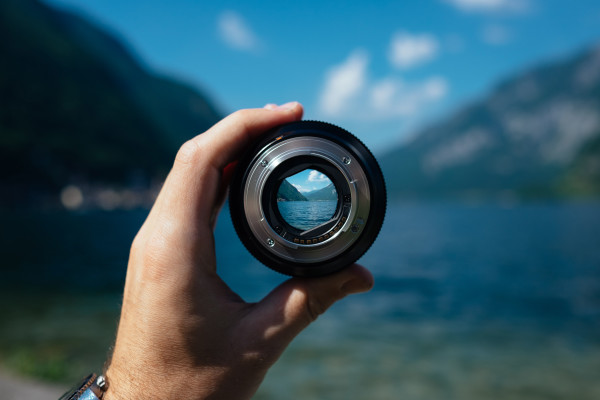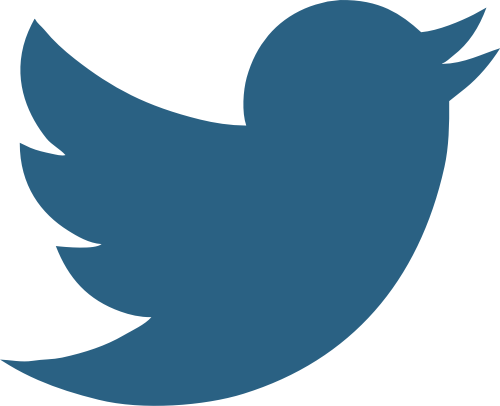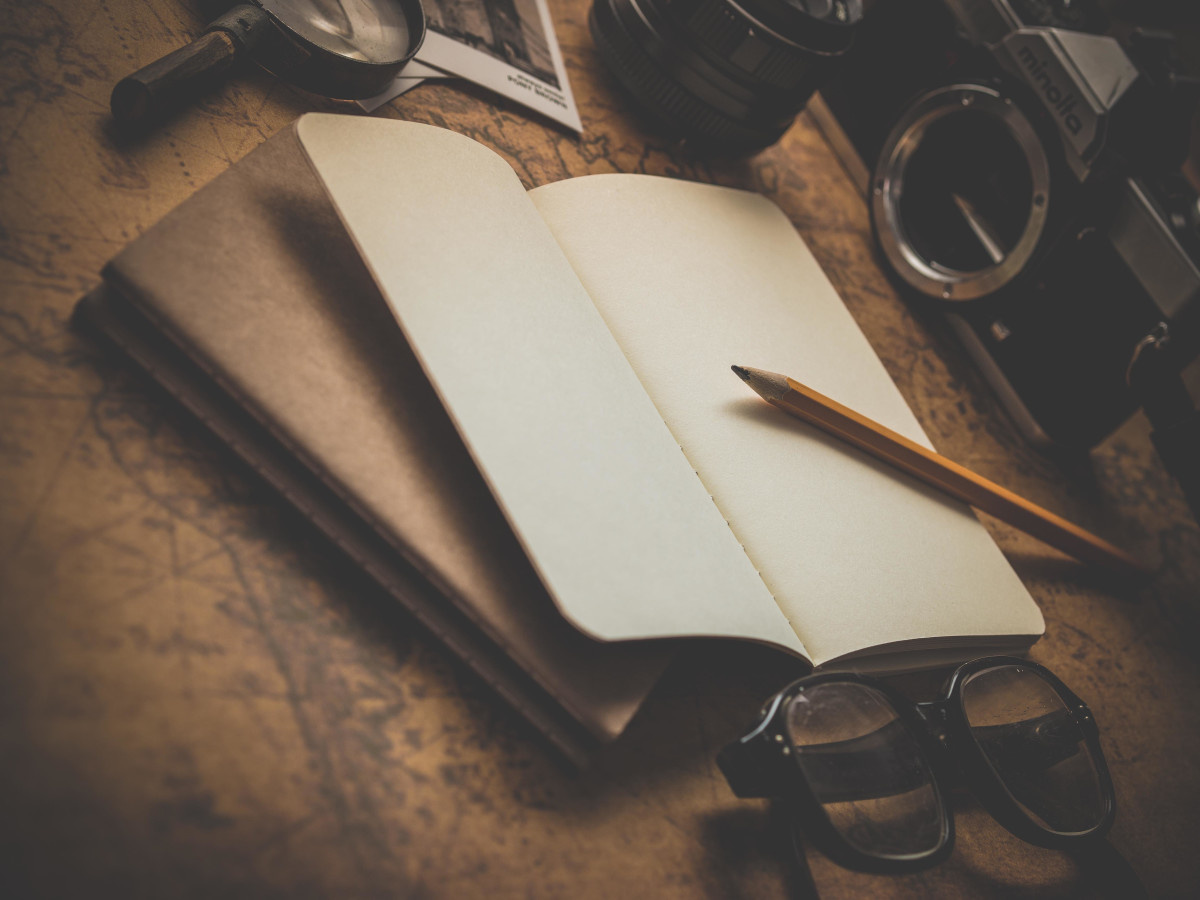
Seven Ways To Develop A Creative Idea
John Stanley11 Oct 16
So you've got a creative idea? Or perhaps just the stirrings of one? There are plenty of ways to encourage yourself to be more creative - but what happens when you just have the edges of an idea, and need to develop it? Ideas large and small can benefit from the techniques below.
1. Write it down
The first and most important step. Write it down, preferably by hand, and in pen. The human brain is more fallible than you think, and that incredible idea could blow away on the wind if you don’t tether it down. Plus, writing by hand engages other parts of the brain such as the reticular activating system, which can help you focus your attention. And there's a certain romance, in the digital age, about writing your idea down on a fresh page of a notebook, and seeing where it might take you. Capturing everything that comes through your brain - known as ‘ubiquitous capture’ - by writing it down is the cornerstone of the Getting Things Done system recommended by productivity experts all over the world.
2. Use creative constraints
When developing an idea, limiting your creative palette can drive creativity. In the same way that monochrome photography forces both photographer and audience to focus on the subject and composition, working with specific limitations forces the brain to come up with more creative solutions. One of the most famous and successful uses of a limited palette in history was the Dr. Seuss book Green Eggs & Ham. Allegedly the result of a bet between the author and his publisher that Seuss could not write a successful book using only fifty different English words, it went on to become the fourth best-selling children’s book in history.
3. Discuss it with other people
One of the more powerful, and underrated techniques around creativity is to discuss your ideas with other people - the more off-the-wall the better. This is often the best way to reframe an idea or problem to head towards a solution. Surrounding yourself with a large group of highly creative people have been referred to as The Medici Effect. You could even use a tool like Neonce which allows other people to use your ideas as a starting block, and at a time convenient to all of you.
Another excellent way to see if your idea engages other is to try and turn it into an 'elevator pitch'. Can you sum up your idea in just three lines? Or maybe 140 characters. Both the process of crystallising your idea and telling it to someone else can drive further creative developments.
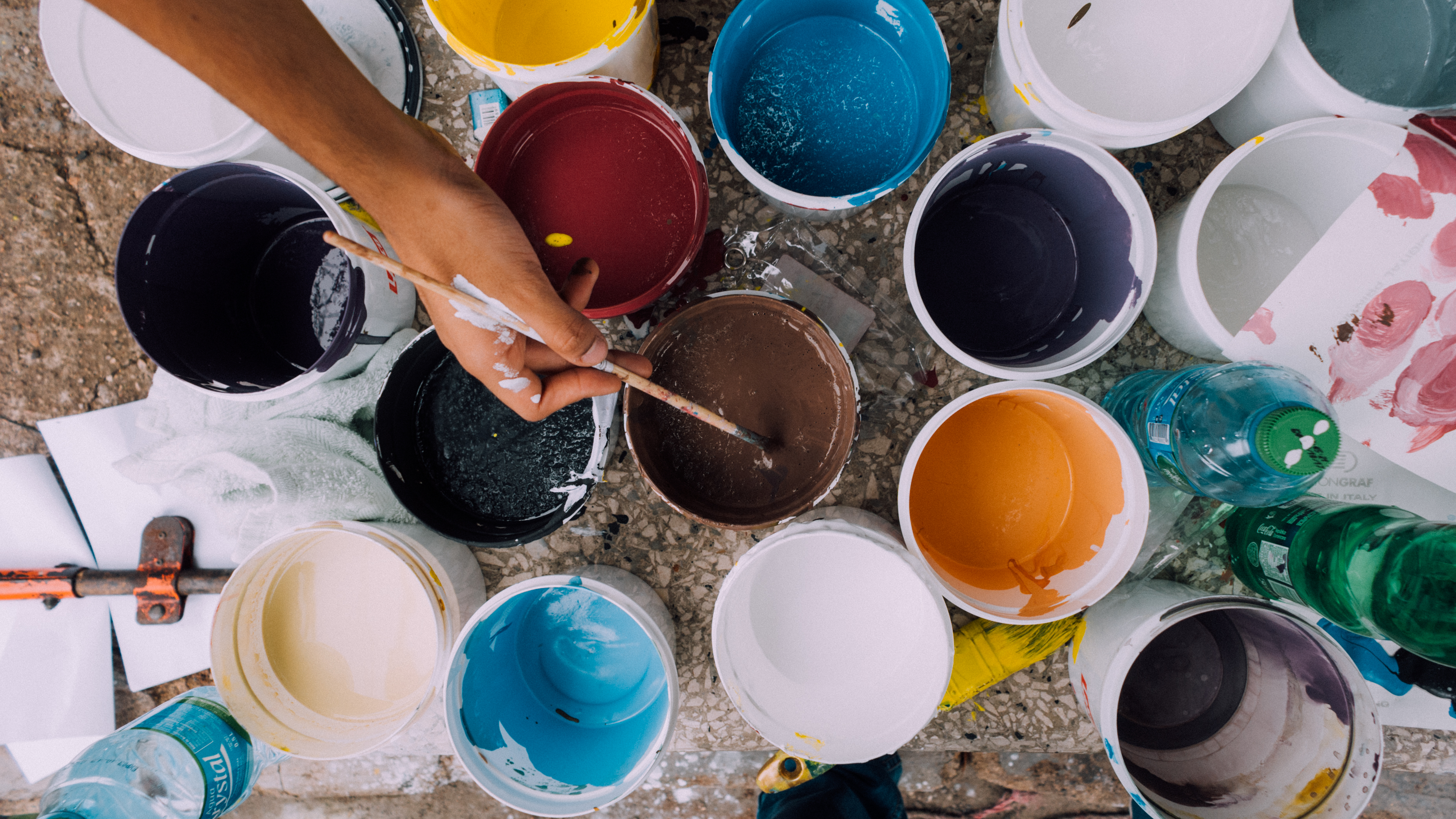
4. Imagine your audience
If there’s no-one to hand to discuss your idea with, try putting yourself in the shoes of the audience for your idea. Some studies show that this in itself will help drive your imagination. Ask yourself: what would inspire them the most? What would solve their problem best? Who's life would change with this idea? Whatever you are creating, try and think about how someone else could enjoy it or incorporate it into their lives.
5. Ask better questions
Questions are more powerful than you think. Asking yourself a series of questions about an idea is an excellent way to expand upon it. Some examples you could try are:
- What would be the opposite of this idea? Or its ‘evil twin’?
- What would this idea look like in ten years time? Or 100 years time?
- What would I do if someone wanted to invest a million dollars in this idea today?
- Which famous person from history would enjoy this idea the most?
You can come up with your own list to suit you. This kind of thinking is frequently employed by that 21st century phenomenon, ‘hackathons’, where people come together to work on a problem. Originally a way to work on software problems, the same principle is now used by non-techies to find creative solutions to all sorts of problem (and Mindiply's software tool, Neonce, is a great way to implement it).
For more on asking great questions, I recommend productivity blogger Mark McGuinness's excellent article "Why You Need To Ask More Creative Questions."
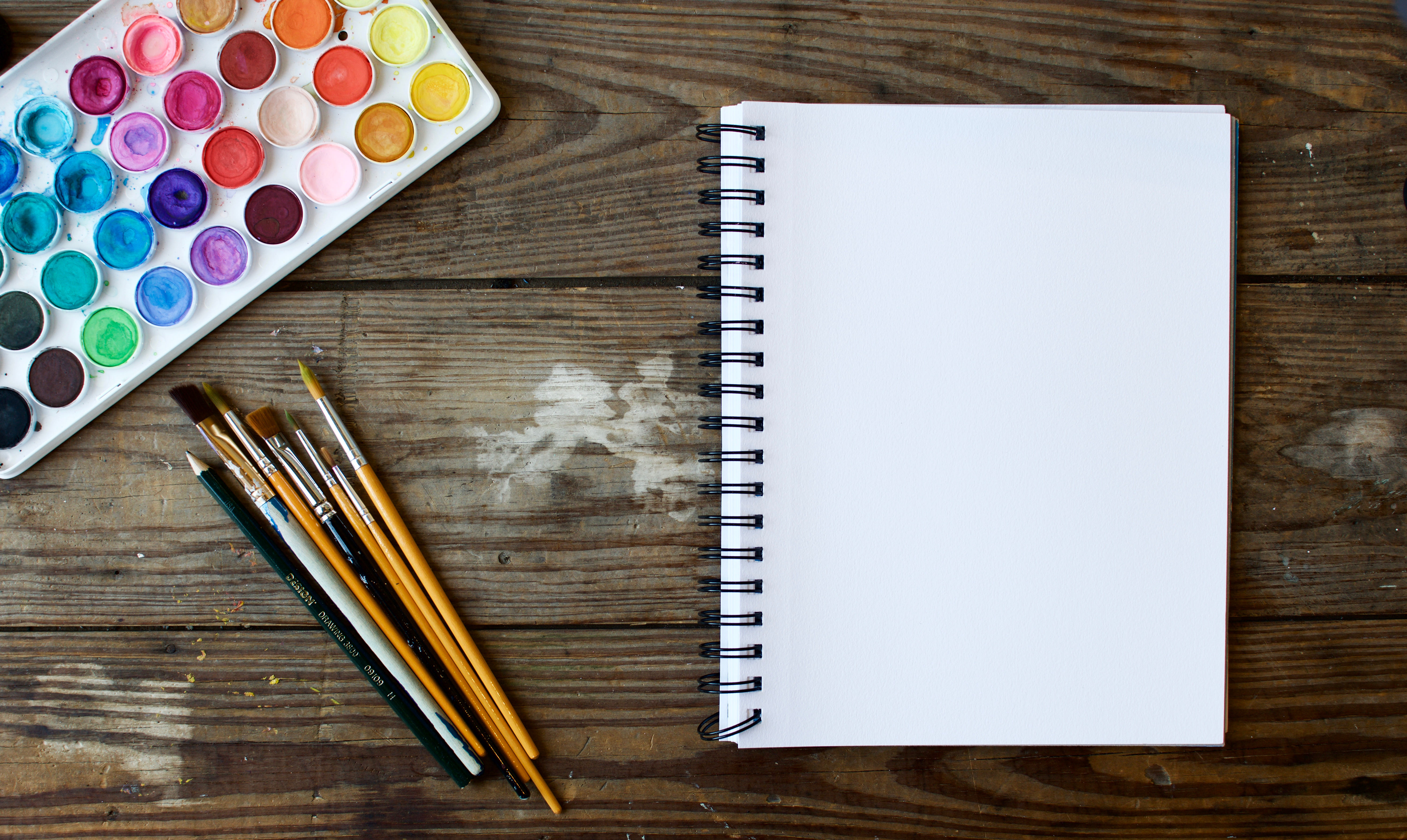
6. Sleep
Another of creativity's most underrated tools. We all know that we need to protect our sleep - and yet collectively, we don’t. There is an increasing body of evidence suggesting that the phone and tablet screens are a big factor in contributing to sleeplessness - which can, of course, have a downward drag on many areas of your life.
Sleep has a powerful influence on creativity too, because your unconscious mind will be working on your ideas overnight, when you least expect it - and whether you like it or not. Ever woken up with a sudden ‘aha!’ breakthrough moment? That’s the unconscious mind at work. It's a good idea to read about the benefits of napping on the brain too.
7. Go for a run
Exercising has long been credited with improving creativity - witness the dozens of famous artists and writers who swore by a daily walk at lunchtime. More recently, studies have produced evidence to confirm that exercise has a powerful effect on the creative muscles. Needless to say, exercise will have many other positive benefits on your life and brainpower generally, and - particularly if you do it in the middle of the day - will allow your brain time to untangle a knotty problem all by itself.
_Mindiply produces tools based on real science to help your creativity and productivity. Try our flagship software Neonce for free today. _




